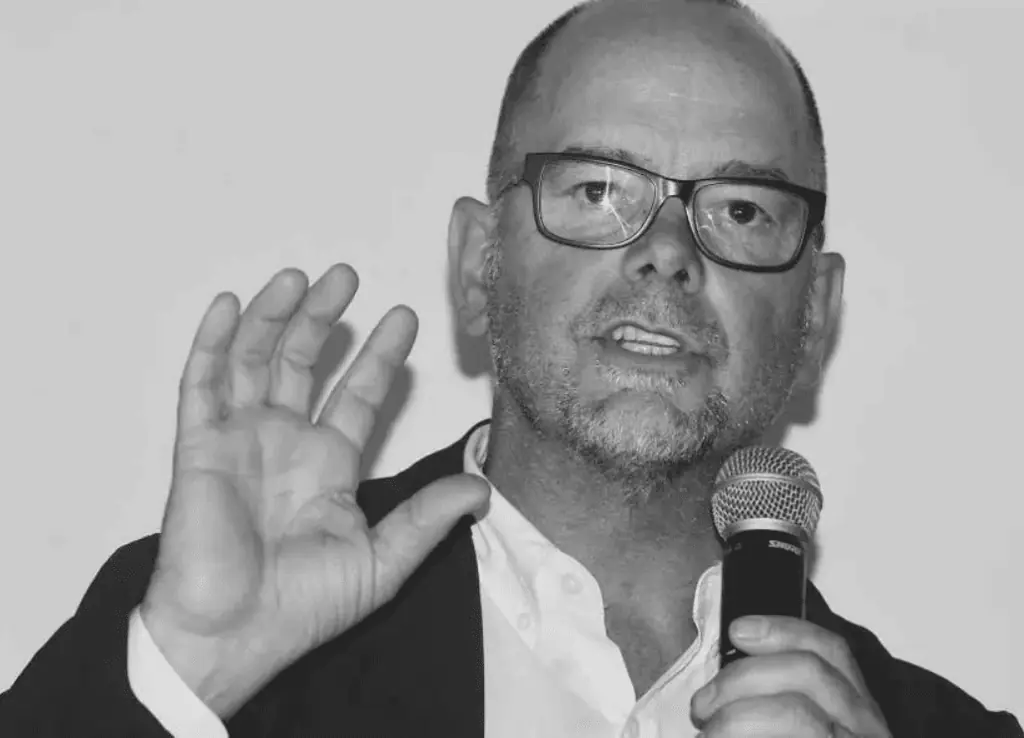
Phil Magney, founder and president of VSI Labs (Photo: David Benjamin)
Guest: Phil Magney, founder and president of VSI Labs
The tremendous progress in a host of technologies ranges from cameras, radars and lidars to the emergence of AI.
But where, in this light, does our automotive infrastructure stand? Have we thought about how highly automated vehicles perceive our roads?
We talk to Phil Magney, founder and president of VSI Labs.
An industry veteran, Magney has been conducting “applied research” on ADAS and automated driving. His firm is working with sensor companies, chip suppliers and OEMs, all of them vitally curious to see how their devices perform in the real world.
In recent months, VSI Labs has gained new businesses from departments of transportation in different states. These agencies need to evaluate whether the new and emerging technologies used in highly automated vehicles can operate safely and efficiently on their roads.
After performing countless road tests, VSI Labs is keenly aware that “not all roads are created equal, and they are not all suitable for safe automated driving.”
Magney describes lane markings as the “ultimate ground truth,” offering “the rails for self-driving systems.”
Automakers today use a variety of localization technologies, including lidars and high-definition maps. But “if there is a conflict between what the vision system sees, and what the map is telling the computer where the lane edge is, the priority is given to the markings,” he explains.
Our discussion includes how geographic features like slopes and hills can confuse automated driving systems, compromising safety. Magney talks about who should own the digital infrastructure. And he updates Google’s position, since it unveiled an HD version of its vehicle mapping solution to serve the vehicle’s L2+ and Le assisted-driving systems.
Listen to our podcast:
Junko Yoshida is the editor in chief of The Ojo-Yoshida Report. She can be reached at [email protected].
Copyright permission/reprint service of a full TechSplicit story is available for promotional use on your website, marketing materials and social media promotions. Please send us an email at [email protected] for details.
